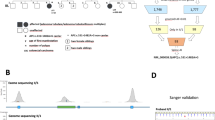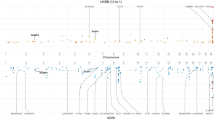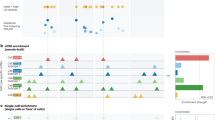Abstract
Genome-wide association studies (GWAS) have become a standard method for finding genetic variations that contribute to common, complex diseases. Recently, it is suggested that these diseases may be caused by epistatic interactions of multiple genetic variations. Although tens of software tools have been developed for epistasis detection, few are able to infer pathway importance from the identified epistatic interactions. AntEpiSeeker is originally an algorithm for detecting epistatic interactions in case-control studies, using a two-stage ant colony optimization (ACO) algorithm. We have developed AntEpiSeeker2.0, which extends the AntEpiSeeker algorithm to inference of epistasis-associated pathways, based on a natural use of the ACO pheromones. By looking at pheromone distribution across pathways, epistasis-associated pathways can be easily identified. The effectiveness of AntEpiSeeker2.0 in inferring epistasis-associated pathways is demonstrated through a simulation study and a real data application. AntEpiSeeker 2.0 was designed to provide efficient inference of epistasis-associated pathways based on ant colony optimization and is freely available at http://lambchop.ads.uga.edu/antepiseeker2/.
Similar content being viewed by others
Article PDF
Author information
Authors and Affiliations
Corresponding author
Rights and permissions
About this article
Cite this article
Wang, Y., Liu, X. & Rekaya, R. AntEpiSeeker2.0: extending epistasis detection to epistasis-associated pathway inference using ant colony optimization. Nat Prec (2012). https://doi.org/10.1038/npre.2012.6994.1
Received:
Accepted:
Published:
DOI: https://doi.org/10.1038/npre.2012.6994.1



